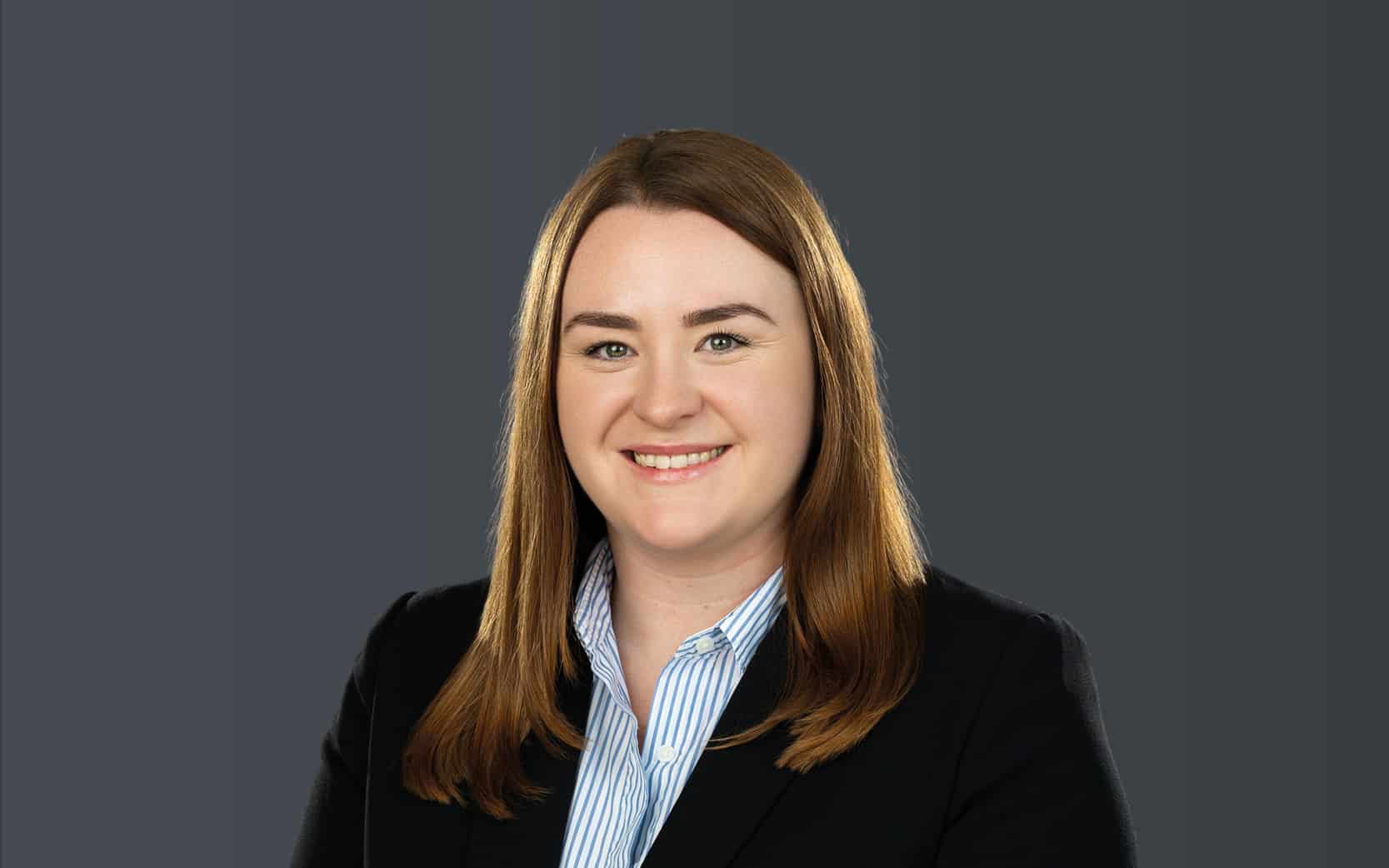Today, the Supreme Court gave its judgment in the much-anticipated Standish v Standish, following an appeal by Mrs Standish, providing important clarification on how the Family Courts should treat the transfer of non-matrimonial assets between spouses.
Background to the Case
Mr Standish transferred approximately £77.8 million worth of assets to Mrs Standish, with the intention of those assets eventually being placed in a trust for the benefit of their two children, to negate a potential future tax liability.
It was already accepted that a large proportion of the assets (before the transfer in 2017) were “non-matrimonial”, i.e., they originated outside the marriage. What Mr and Mrs Standish did not agree on, however, was whether the act of Mr Standish transferring the assets to Mrs Standish, with a view to her later setting up a trust, would be an act that converts the property to “matrimonial property”. If the assets had been converted, then it would follow that the entire sum should be shared equally between Mr and Mrs Standish upon their divorce. This was the issue the Supreme Court in the appeal.
The Supreme Court’s Decision
The Supreme Court dismissed Mrs Standish’s appeal, affirming the Court of Appeal’s decision that the transferred assets retained their non-matrimonial status.
In doing so, the Court provided helpful clarification of the law. Key points included:
1. Matrimonial vs Non-Matrimonial Property
- Matrimonial property is property gathered during the marriage, usually as a result of the parties’ contributions in the marriage (whether financial or non-financial), i.e., it is the fruits of the marriage.
- Non-matrimonial property is property that is brought into the marriage by either party, or acquired by one party during the marriage through inheritance or an external gift.
2. When Can Non-Matrimonial Property Be Divided?
To answer this, the Supreme Court outlined three important principles when a Court is dealing with a divorcing couple’s financial position:
- Needs – any outcome ordered by the Court must ensure that everyone’s needs are met;
- Compensation – if there has been any loss arising to either party as a result of the marriage, this should be redressed in outcome ordered by the Court; and
- Sharing – matrimonial property should be shared equally as a starting point.
Whilst the sharing principle applies only to matrimonial property, non-matrimonial property can still be divided if required to meet needs or provide adequate compensation.
3. The Concept of “Matrimonialisation”
- The Court recognised the term “matrimonialisation” (albeit not a dictionary term), as a helpful term that can be used in the Family Court to describe the act of converting non-matrimonial property to matrimonial property.
- The Supreme Court said that it is very important to consider how the parties dealt with the asset. Matrimonialisation of the asset can occur if the parties treat (what was) non-matrimonial property as shared property.
4. Application to the Standish Facts
- The simple act of Mr Standish transferring the assets to Mrs Standish in 2017 was not considered an act of matrimonialisation, given Mr and Mrs Standish intended for that transfer to enable the assets to be placed in a trust for the benefit of the children (rather than as a gift for Mrs Standish).
- This arrangement was specifically designed to mitigate future tax liability, reflecting their estate planning objectives rather than a step toward sharing the assets as matrimonial property.
Conclusion
In providing the above guidance, the Supreme Court emphasised that legal title (i.e., who legally owns the asset) is not always going to determine whether an asset is matrimonial or non-matrimonial. The source of those funds (i.e., how those assets came to be originally), and how the parties both treat the assets, is highly relevant. The Supreme Court held that the Court of Appeal was right to award Mr Standish the greater share of the assets transferred to Mrs Standish in 2017, on the basis that those assets could still be considered non-matrimonial property.






